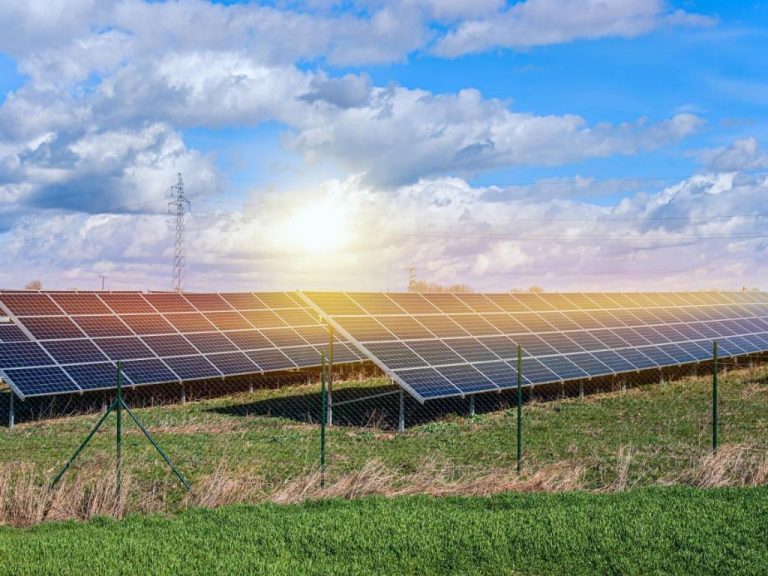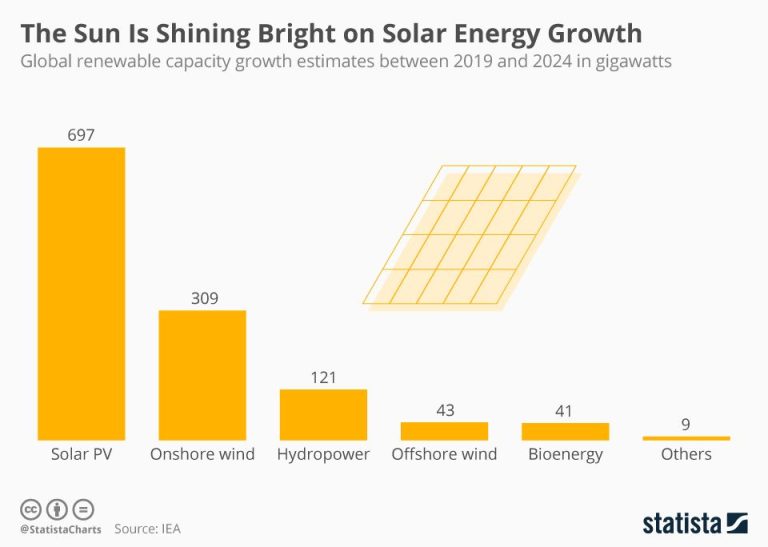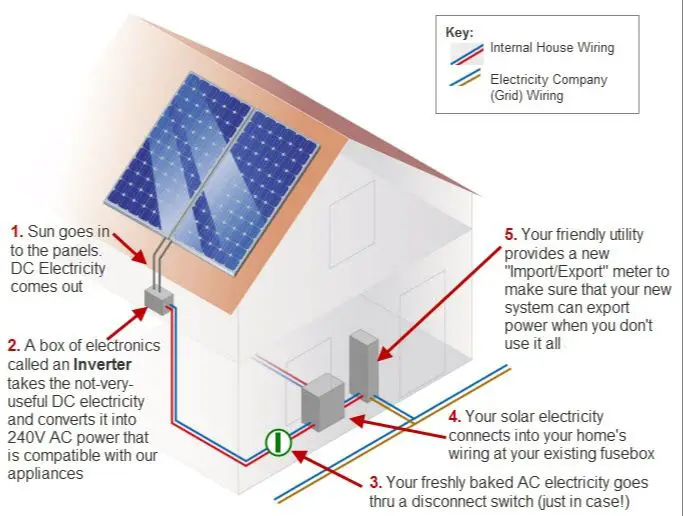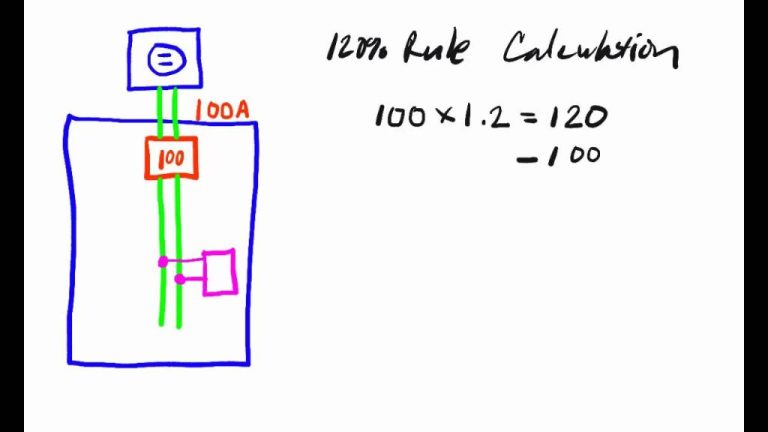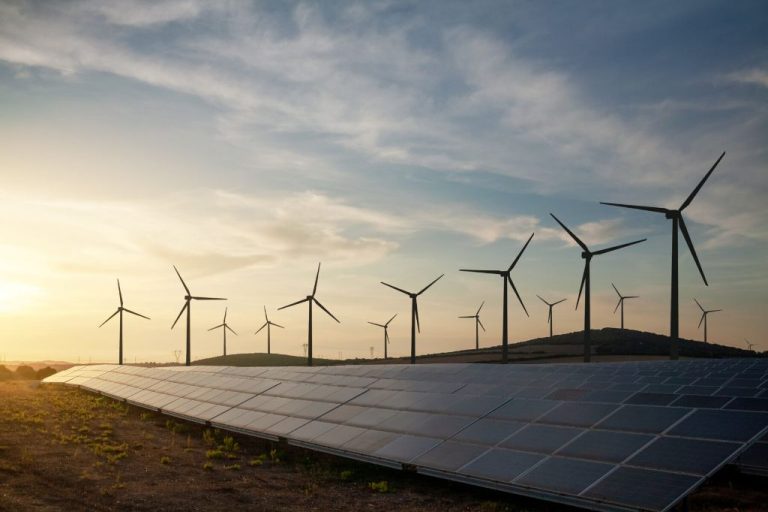How Efficient Will Solar Panels Be In 2030?
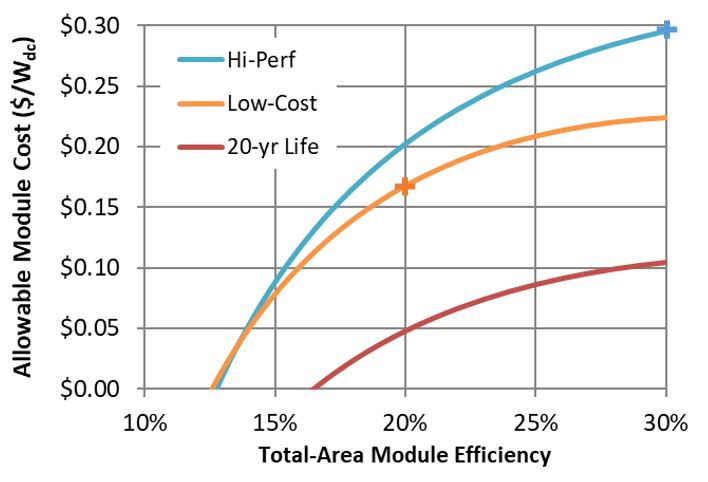
Solar panels have become an increasingly popular source of renewable energy over the past few decades. As the technology has advanced, the efficiency of solar panels – that is, the percentage of sunlight they can convert into electricity – has steadily improved. According to the National Renewable Energy Laboratory (NREL), solar panel efficiencies have risen from around 10% in the 1980s to over 20% today for top-tier panels [1]. Higher efficiency panels can generate more electricity from the same amount of sunlight, making them an attractive option for homeowners and businesses looking to reduce energy costs and their carbon footprint.
This trend of increasing solar efficiency has been driven by innovations in materials, cell design, and manufacturing processes. As researchers continue to make breakthroughs, projections suggest we could see average panel efficiencies reaching 26-28% by 2030. Understanding these efficiency trends and projections will be key for evaluating the future competitiveness and adoption of solar photovoltaics.
Current Solar Panel Efficiencies
Most solar panels on the market today have efficiencies between 15-22%. The average efficiency of panels is around 17-19% for residential solar installations (Numsolar, 2022). Standard monocrystalline silicon panels that make up the majority of the solar market typically have efficiencies between 17-22%, while polycrystalline silicon panels have efficiencies of 15-18% (Palmetto, 2022). There are some variations in efficiency depending on the type of solar cell technology used. More advanced technologies like SunPower’s high efficiency monocrystalline panels can reach 22% efficiency.
Overall, while there is some variation, most mainstream solar panels fall within the 15-22% efficiency range. The average efficiency hovers around 17-19% for a typical residential solar installation using conventional monocrystalline silicon panels (Numsolar, 2022).
Factors Influencing Efficiency
There are several key factors that determine the efficiency of solar panels, including materials, cell design, and manufacturing processes. The materials used in solar cells, particularly the semiconductor material, have a significant impact on efficiency. Typically, monocrystalline silicon solar cells are the most efficient at 15-20%, followed by polycrystalline silicon at 13-16%, and thin-film materials such as cadmium telluride at 7-13% efficiency.
The way solar cells are wired together and the electrical connections also affect efficiency. Minimizing electrical resistance allows more of the electricity generated to be captured. Anti-reflective coatings on cells can improve absorption of sunlight. Panel orientation and tracking the sun also influence how much sunlight strikes the panels.
Improvements in manufacturing techniques that result in purer materials, more precise production, and lower defects lead to better performing solar panels. For example, advances in processes for growing monocrystalline silicon ingots with fewer impurities have steadily increased cell efficiency over the years.
Sources:
https://www.ny-engineers.com/blog/understanding-solar-panel-efficiency-what-does-it-really-mean
https://www.energysage.com/solar/what-are-the-most-efficient-solar-panels-on-the-market/
Efficiency Projections for 2030
Expert forecasts predict significant improvements in solar panel efficiencies by 2030. According to the Solar Energy Industries Association (SEIA), solar panel efficiencies could reach 30% by 2030, up from around 20% today (SEIA). This aggressive target aims to accelerate solar adoption and make it more cost competitive with fossil fuels.
The Department of Energy (DOE) also forecasts major efficiency gains, with modules reaching 29-35% efficiency by 2030. The DOE notes that these projections rely on the commercialization of advanced materials and designs, like multi-junction tandem cells (DOE). Additionally, improvements in manufacturing and cell design will help boost efficiency.
Overall, most experts agree solar panel efficiency will experience significant improvements over the next decade. With sustained investments into R&D and innovative technologies hitting the market, panels converting over 30% of sunlight into electricity could become standard by 2030.
New Materials Research
One of the most promising new solar cell materials is perovskites. In recent years, perovskite solar cells have rapidly increased in efficiency while maintaining low costs, making them an attractive option to potentially replace silicon solar cells in the future. According to research from Georgia Tech, perovskites can achieve solar conversion efficiencies over 25%, rivaling the 26% efficiency of silicon solar cells. However, perovskites still face challenges with thermal instability that need to be addressed before widespread commercialization (1).
Scientists are exploring compositional modifications and interface engineering to improve the stability of perovskite solar cells without sacrificing efficiency. A review published in Sustainable Energy & Fuels highlighted the rapid progress in tin-based perovskites, which have achieved over 17% efficiency and exhibit enhanced thermal stability compared to traditional lead-based perovskites (2). Additionally, research out of the University of Cambridge has shown that modifying the interfaces between layers in a perovskite solar cell can reduce defects and improve performance (3).
With continued materials research and manufacturing improvements, perovskite solar cells are poised to become a major player in the solar industry by 2030. Their versatility allows them to be manufactured through low-cost methods like printing, while innovative cell designs and new stable materials could enable efficiencies exceeding 30% in the next decade.
(1) https://research.gatech.edu/research-reveals-thermal-instability-solar-cells-offers-bright-path-forward
(2) https://www.sciencedirect.com/science/article/pii/S2352847821000666
(3) https://researchoutreach.org/articles/fixing-interface-enhanced-perovskite-solar-cell-performance/
Cell Design Improvements
Significant improvements in solar cell efficiency are being made through new multi-junction cell designs that stack multiple ultra-thin layers together. Each layer is tuned to capture a different wavelength of light, enabling more of the solar spectrum to be utilized. This stacking approach allows multi-junction cells to achieve much higher efficiencies than single-junction designs.
For example, companies like SolAero are producing multi-junction solar cells for aerospace applications, stacking three or more junctions together to achieve over 30% efficiency [1]. Researchers are also working on mechanical stacking techniques to simplify the manufacturing process. Adhesives like transparent jell can allow thin layers to be stacked together to form high efficiency multi-junction cells [2].
By 2030, additional layers and further optimizations will push multi-junction efficiencies even higher. New manufacturing techniques will also reduce costs, making stacked cells more economical for widespread terrestrial use.
Manufacturing Innovations
Advances in manufacturing techniques and fabrication processes will enable solar panels in 2030 to be produced with higher efficiency and lower costs. Some key innovations include:
Automation and robotics – Increased use of automation, robotics, and AI will optimize production flows and improve precision, resulting in higher performing panels.
Thin film deposition – New vacuum deposition and printing methods allow ultra-thin layers of photovoltaic material to be laid down, reducing silicon waste and costs (1).
Laser processing – Lasers can pattern wafers with microscopic precision, improving cell efficiency by minimizing electrical losses (2).
Diagnostic tools – Inline metrology tools like electroluminescence imaging can catch microscopic defects early in production, increasing yields.
With advanced manufacturing driving down costs and raising efficiency, solar power’s competitiveness vs conventional energy sources will continue improving through 2030 and beyond.
(1) https://sistinesolar.com/solar-panel-manufacturing-innovations/
(2) https://sistinesolar.com/solar-panel-technology-advancements/
Impact on Costs
Increased solar panel efficiency has the potential to significantly reduce costs associated with solar energy. As panels become more efficient at converting sunlight into electricity, less panel area is required to generate the same amount of power. According to The Impact of Solar Panel Efficiency on Costs and Financing, this reduces system size and hardware costs like racking, wiring, and labor for installation. The source notes that a 5% boost in efficiency can reduce total installed costs by up to 10%.
Higher efficiency solar panels will require less roof space for the same energy output. This allows systems to fit on homes and businesses that previously lacked sufficient area for solar installation. It also reduces land acquisition costs and environmental impact for large solar farms. Overall, increased efficiency leads to reduced balance of system costs.
Furthermore, more efficient panels require fewer units to reach a given system size. As How Solar Panel Technology Advancements Affect Costs explains, this reduces the number of electrical connections and failure points, improving reliability. Streamlined systems cut maintenance expenses over the system lifetime.
Experts predict continued advances in solar cell efficiency will lower solar electricity prices, making it increasingly cost competitive with fossil fuels. This should spur greater adoption and economies of scale that further reduce costs through 2030 and beyond.
Challenges to Adoption
While solar panel efficiency is projected to increase significantly by 2030, there are some challenges that could limit widespread adoption of new solar panels. According to research from Energy5.com (https://energy5.com/the-psychology-of-solar-panel-adoption-overcoming-barriers), negative perceptions surrounding solar panels or lack of awareness among peers can discourage individuals from adopting this renewable energy source. Additionally, upfront costs are often cited as the top barrier to solar panel adoption, with high installation prices deterring potential buyers (Pro.MorningConsult.com, https://pro.morningconsult.com/analysis/drivers-barriers-solar-panel-adoption/). The initial investment required to install solar panels can be considerable, which presents a hurdle even as panel efficiency improves (Energy5.com, https://energy5.com/overcoming-hurdles-why-solar-energy-faces-challenges-in-meeting-the-world-energy-needs/). Overcoming negative perceptions, lack of awareness, and upfront cost barriers will be key to widespread adoption of more efficient solar panels in the future.
Conclusion
Based on the innovative research happening today in materials, cell designs, and manufacturing processes, the outlook for solar panel efficiency in 2030 is promising. Current commercial panels achieve efficiencies around 15-22%, with lab prototypes reaching over 40%. By 2030, experts predict average efficiencies will reach 30-35% for commercial silicon panels. With the rapid improvements in perovskites and other thin-film materials, some panels may exceed 45% efficiency by 2030.
Higher efficiencies will enable solar to achieve cost parity with fossil fuels, even without subsidies, leading to massive growth in adoption. With sufficient investment and policy support, solar has the potential to supply over 50% of global electricity by 2030. Realizing this future will depend on continuing today’s momentum in R&D and manufacturing scale. While challenges remain, the fundamental economics and technology trends point to a bright future for solar over the next decade.

